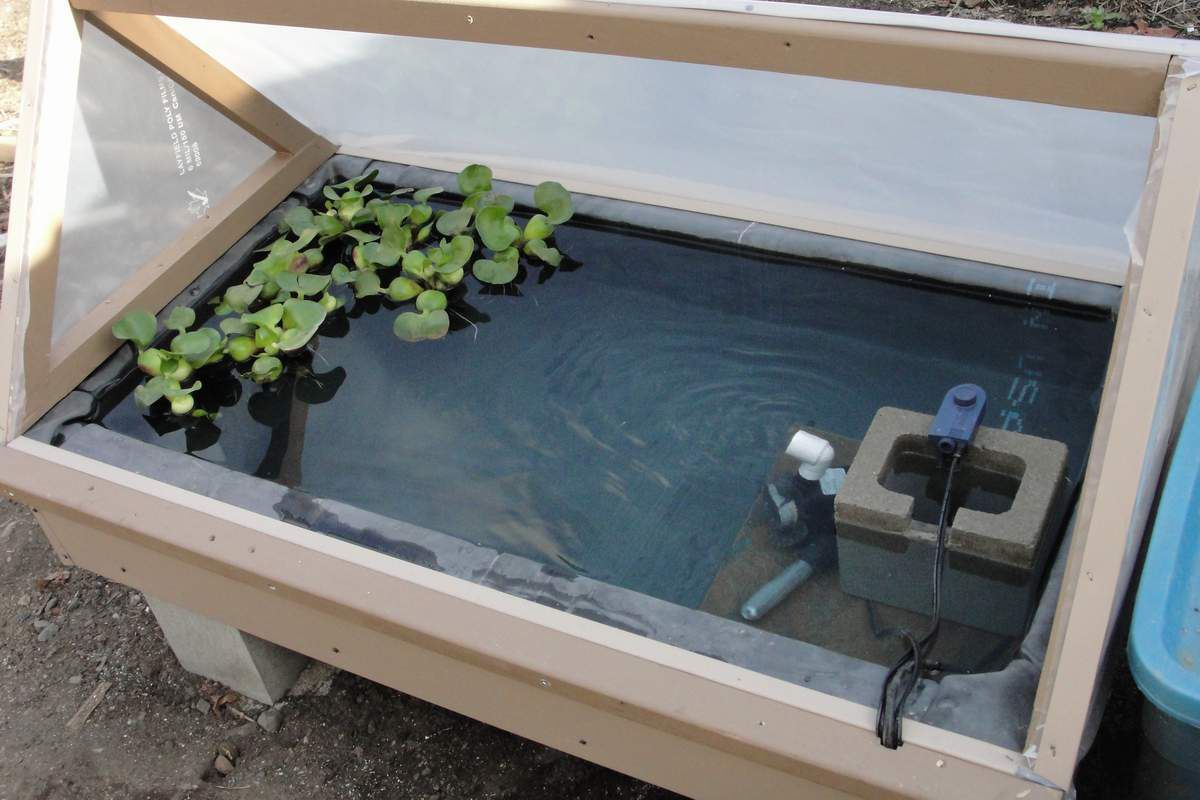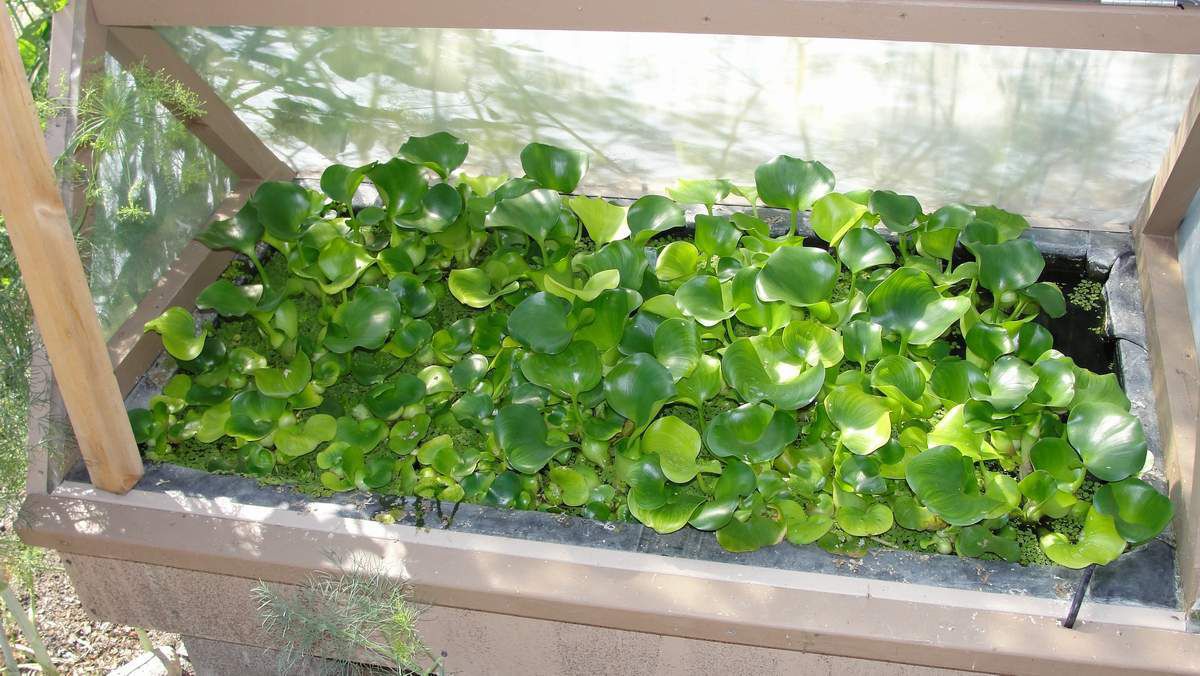Perhaps then you could prove that Santa Clause does not exist?
I can't.
@MitchM , sure I can... You prove that Santa Clause doesn't exist by simply talking about how the symbolism of Santa Clause was born and how the symbolism is continued today through its symbolism rather than through the present existence of a physical entity.
Now, if you need physical proof that anything exists... then... you can never prove the immaterial... since, by definition, the immaterial can not be physically proven by material means.
You know how we do things here, someone expresses an opinion and then should be prepared to back it up with a study that the rest of us can understand.
If you don't have any backup, just say so, don't turn around and insult the person please.

(boorish, really?)
.
Don't know how a fella provides a citation for what he has been told by another... Unless you think everything you are told is simply just "made up" whenever people can not cite nor you can not find the study that verifies it..
Astounding people can talk to experienced people in their field without these people constantly citing studies for others to believe them!!

...and yes, if I approached these people with the constant demand for citations so for me to simply trust what they say, then this would be
boorish.
They would view me as an egotistical, know-it-all, hobby brat! ...which...unfortunately...too many hobbyists actually do think they know more than they actually do, simply due to them grasping onto what little they can understand from studies...
You could have just said that because of the lack of oxygen, bacteria conversion of nitrogen is slowed, so in that case nitrite levels can rise. That's something we can all understand without a study.
Isn't that what you were trying to say?.
No, but I bet that is part of it as well.
From what I recall of being told... When denitrification occurs (reducing nitrogen to gas), this can actually be disrupted so then just Nitrites are created, rather than the expected nitrogenous gas. From what I was told, whenever oxygen lowers in what was a very aerobic environment, then particular dimorphic microbes change their mode of function and so there is a change in C:N (carbon to nitrogen) demand.... C:N amount becomes inefficient to continue with denitrification... since sufficient C:N was not initially provided except for what little is provided by organics... this causes denitrification to be disrupted, preventing nitrogen to reduce to nitrogen gas... eventually, if the oxygen problem is not resolved, nitrites will accumulate.
I have observed this occurring quite often in MBBRs within the aquaponics since many underestimate the volume of aeration and/or oxygen needed for their MBBR... once aeration and/or oxygen increased in the MBBR, then the Nitrites very quickly disappear.
There is ALWAYS denitrifrication occurring, although in a very limited capacity, in the most aerobic systems when significant volume of organics are involved...
I don't recall offhand... but even in the best designed MBBRs in aquaculture... for a system highly loaded with organics... there is an expectation of a very small percent of denitrification occurring in the MBBR... this is why MBBRs can actually be carbon dioxide neutral... meaning, MBBRs can produce just as much carbon dioxide as is being degassed from aeration... This is one reason why degassing columns or trickle towers are often incorporated in lieu with MBBRs.
@MitchM , no reason, that I am aware of, why the same would not occur in an "eco" pond as well ... unless you have study citations that state otherwise...






